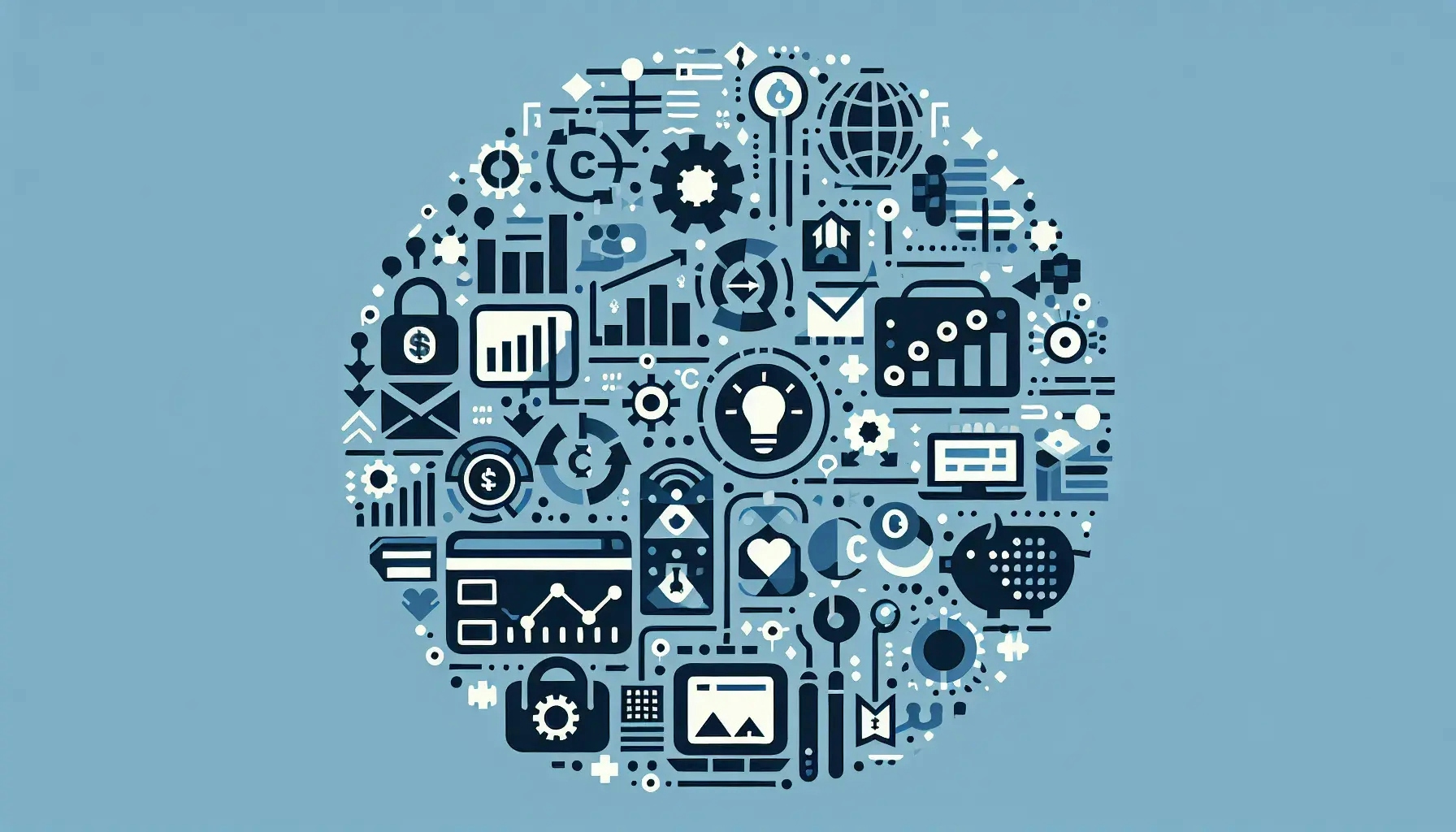Credit utilization rate plays a crucial role in shaping your financial health. It's a key component in the calculation of your credit score. But what factors influence this rate? This blog post aims to demystify the elements that affect your credit utilization rate. We'll delve into the intricacies of credit utilization, shedding light on how you can manage and improve it.
Understanding Credit Utilization Rate
Credit utilization rate, in simple terms, is the percentage of your total available credit that you're currently using. It's a critical factor that credit bureaus consider when calculating your credit score. A lower credit utilization rate indicates responsible credit management, which can positively impact your credit score.
The calculation of the credit utilization rate is straightforward. Divide your total credit card balances by your total credit card limits. The result, multiplied by 100, gives you your credit utilization rate as a percentage. For instance, if you have a total credit limit of $10,000 and you've used $2,000, your credit utilization rate is 20%.
While understanding the concept is easy, managing your credit utilization rate requires a deeper understanding of the factors that influence it. Let's explore these factors in the following sections.
The Role of Credit Card Balances
Your credit card balances significantly affect your credit utilization rate. The higher your balances, the higher your credit utilization rate. This is because your balances directly contribute to the amount of credit you're using.
It's important to note that your credit card balances are not static. They fluctuate based on your spending habits and repayment schedule. If you frequently use your credit card and carry a high balance, your credit utilization rate will be high. Conversely, if you pay off your balances regularly and keep them low, your credit utilization rate will be low.
Managing your credit card balances is a practical way to control your credit utilization rate. Regularly monitor your balances and make timely payments. Avoid maxing out your credit cards, as this can lead to a high credit utilization rate and potentially damage your credit score.
Impact of Credit Card Limits
Your credit card limits also play a significant role in determining your credit utilization rate. The total credit limit is the denominator in the credit utilization rate calculation. Therefore, a higher credit limit can lead to a lower credit utilization rate, assuming your balances remain the same.
However, it's essential to understand that increasing your credit limit doesn't automatically mean a lower credit utilization rate. If you increase your credit limit but also increase your spending, your credit utilization rate may remain the same or even increase.
Therefore, while negotiating for a higher credit limit can be a strategy to manage your credit utilization rate, it should be coupled with responsible spending habits. Remember, the goal is to have a high credit limit and low balances.
Influence of Number of Credit Cards
The number of credit cards you have can also affect your credit utilization rate. Each credit card you own contributes to your total credit limit. Therefore, having multiple credit cards can increase your total credit limit, potentially lowering your credit utilization rate.
However, owning multiple credit cards can be a double-edged sword. If you're not careful, you might end up with high balances on each card, leading to a high credit utilization rate. Therefore, while having multiple credit cards can be beneficial, it's crucial to manage them responsibly.
The Effect of Loan Balances
Apart from credit card balances, loan balances can also influence your credit utilization rate. This includes personal loans, car loans, student loans, and mortgages. These loans contribute to your total credit, and any outstanding balances are considered when calculating your credit utilization rate.
Just like with credit card balances, high loan balances can lead to a high credit utilization rate. Therefore, it's important to manage your loans effectively. Make regular payments and avoid taking on more loans than you can handle.
Timing of Credit Report Updates
The timing of credit report updates can also affect your credit utilization rate. Credit bureaus usually update credit reports monthly, but the exact timing can vary. If you pay off your balances just before your credit report is updated, you can lower your credit utilization rate.
However, if you make large purchases or take out a loan just before your credit report is updated, your credit utilization rate may increase. Therefore, being aware of when your credit report is updated and planning your credit activity accordingly can help manage your credit utilization rate.
Wrapping Up: Navigating the Factors Affecting Your Credit Utilization Rate
Understanding the factors that influence your credit utilization rate is the first step towards effective credit management. By managing your credit card and loan balances, maintaining a high credit limit, responsibly handling multiple credit cards, and being aware of when your credit report is updated, you can control your credit utilization rate. Remember, a low credit utilization rate can lead to a higher credit score, opening doors to better financial opportunities.

